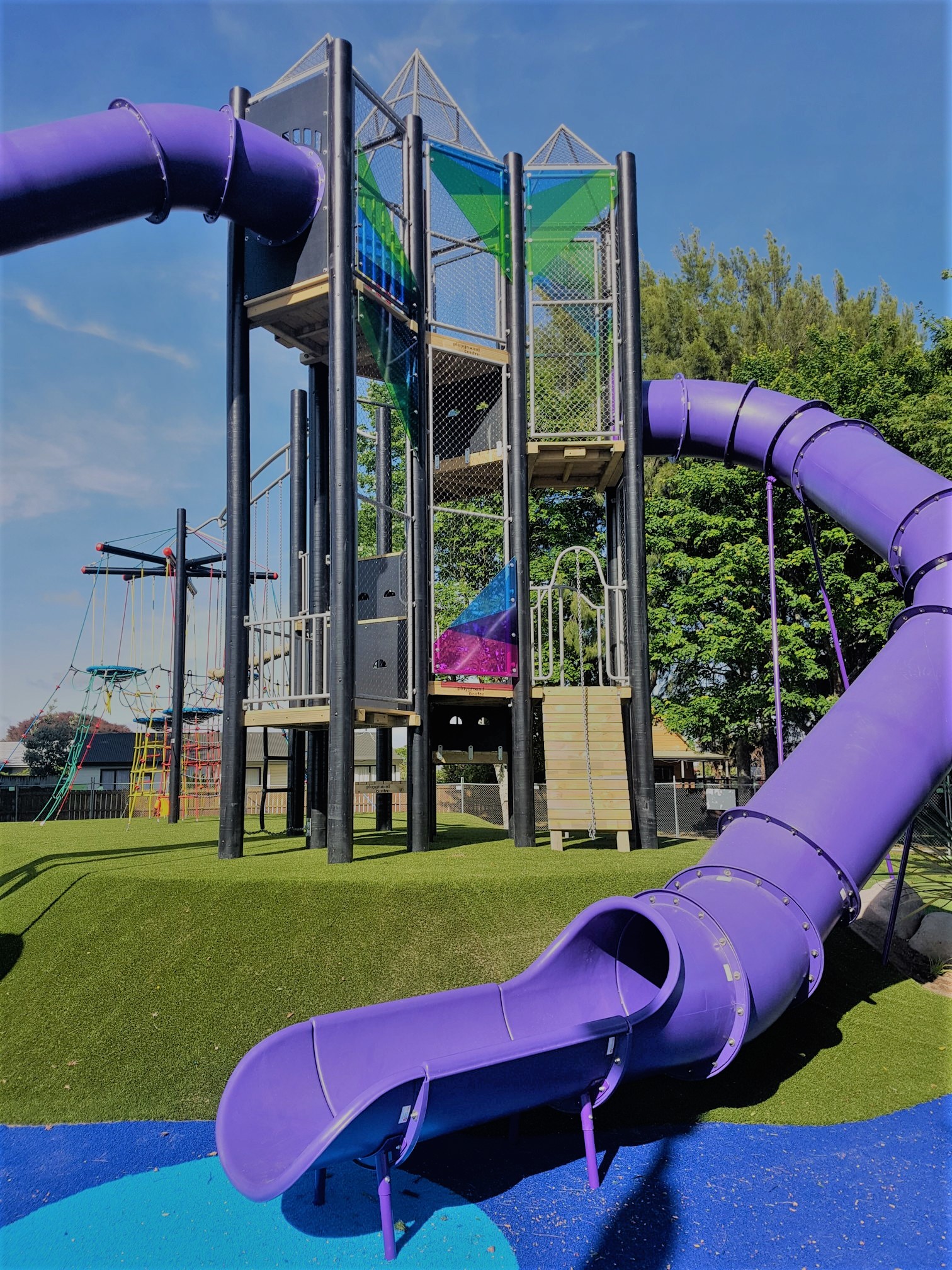How playground safety has improved in recent years

There’s nothing that gives kids more recreational pleasure than to play on a playground. Besides having fun, there are many other benefits for them too like the strengthening of limbs and muscles, improved coordination and balance, social skills gained from interaction with other kids – the list goes on.
At the same time, kids have been known to take a tumble or two while playing, making parents a little anxious about them. The good news is that playground safety has come a long way in recent times and we thought we’d highlight the ways in which this has happened to give everyone a bit more peace of mind.
More space to play
Playgrounds have always been popular but now even more so with parents keen to discourage them from the sedentary alternatives of video games and other indoor activities.
As a result, playgrounds have had to take into account the increasing requirements for space given the number of children that are likely to be using them at peak times. Considerations for space include the capacity an apparatus can manage, the space the equipment takes up and even the amount of space required for those inevitable falls.
Playgrounds built now will not allow a fall of over 3m and very few of them get anywhere near that too without barriers and handrails in place.
Appropriate and safe surfaces
Much more consideration is also given to the surfaces in and around playgrounds. Kids are fairly creative at a young age and, as already discussed, will find inventive ways to take falls no matter what preventative measures are put in place.
The best strategy in these circumstances is to make sure the surface they land on has enough absorption to take the impact. In some cases, where a playground fall doesn’t exceed 1.5m, grass will suffice, so long as it is well-maintained and free of hard objects. In other instances, an alternative will need to be used.
In years gone by, bark was the main go-to option but now there is a wide range of modern surfaces being utilised. These include loose-fills, mats, rubber tiles, wet-pour and other types of engineered wood fibres. It shows just how much this area of playground safety has developed to improve the environments they’re in.
Structural integrity and design
Much thought now also goes into the structural integrity of a playground with regards to its stability, longevity and other safety concerns. The appropriateness of material used to construct a playground is a big part of this with considerations taken about the flammability, general weather proofing, ground decay (where timber is used), material preservatives, toxicity, corrosion etc.
Design also informs the choices taken when playgrounds are planned. The usability and accessibility must be considered with children and parents in mind. With respect to children, this is for obvious reasons as they must be able to use the playground safely, making sure things like the handrails are not big to grasp and grip. They must also be designed so that adults can get to the children should they need to in emergencies and times of need.
Even the finishings are now taken into consideration with surfaces required to be splinter resistant, have sufficient grip when wet and have smooth edges on corners (including welds and bolts) to prevent children from injuring themselves by getting their clothes caught during play.
Handrails and barriers
Handrails and barriers serve a number of functions and are extremely important when it comes to modern playground design. Handrails are key to helping children maintain their balance and stability when on an apparatus while barriers prevent children from falling through.
There is now a long list of regulations when it comes to the implementation of these and as is the case with landing surfaces a number of options being used. One such option with regards to barriers is the use of safety mesh netting. The advantage of this is that it does its main job by preventing children from falling but also keeps them highly visible from the outside as well so parents can always have eyes on them.
Regular inspections
Last but not least, the number of inspections now carried out on playgrounds by councils, schools, childcare providers etc is much more frequent than in the past.
As with most things structural, parts of them can wear and be damaged at any time making regular checks essential. These organisations will typically have onsite property managers who will check them weekly (if not daily) while comprehensive inspection and compliance checks will take place with a certified safety consultant on an annual basis.
Safer playgrounds for all kids to enjoy
As you can see, our playgrounds are safer now than they’ve ever been which is great to know for all the parents out there. The best way to keep the little ones safe however is always going to be through supervision and encouraging safe play behaviour.
